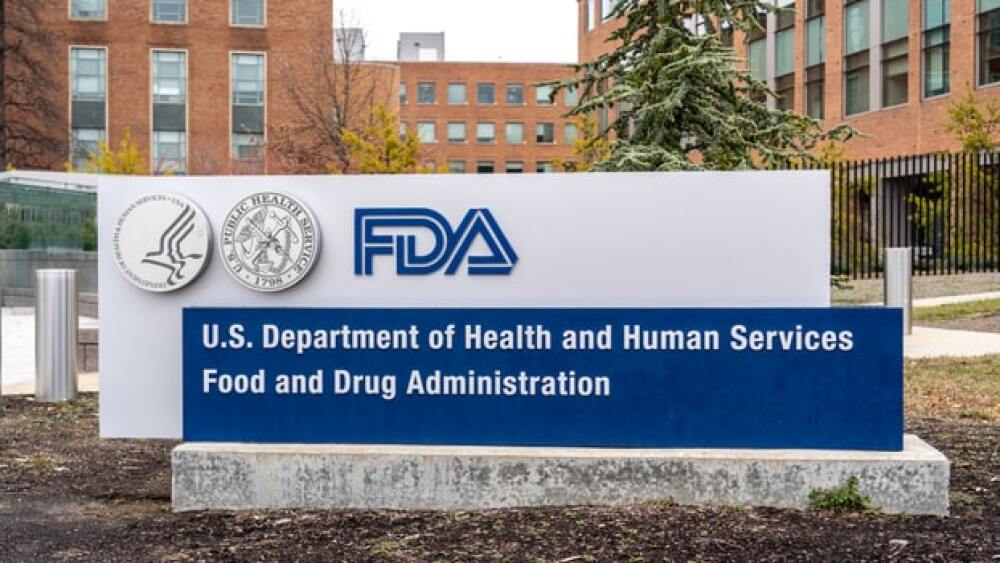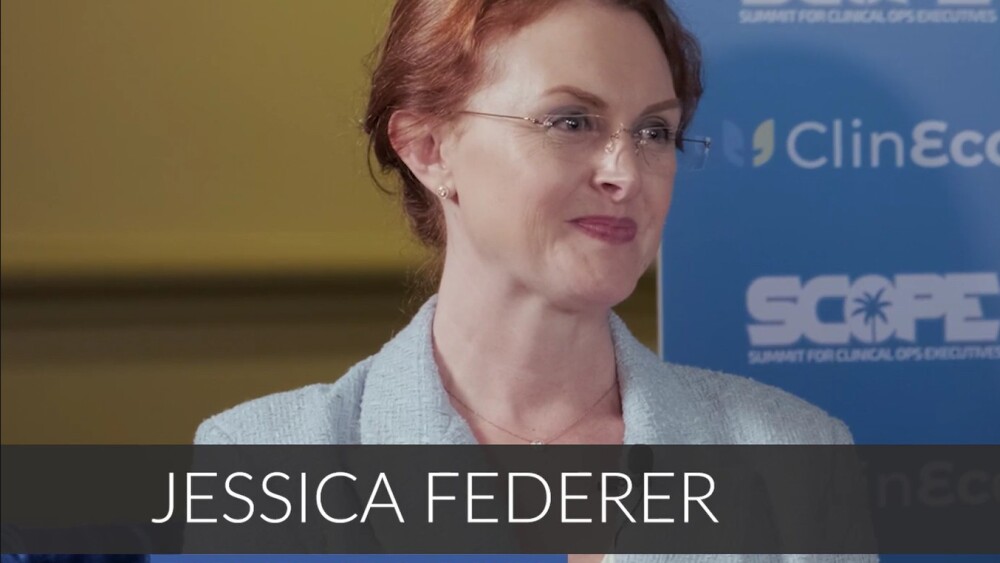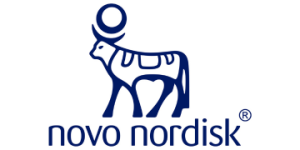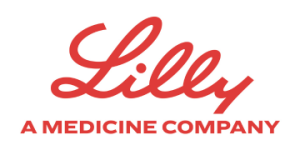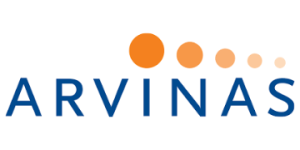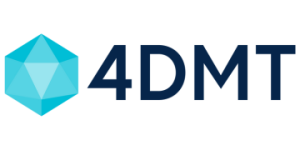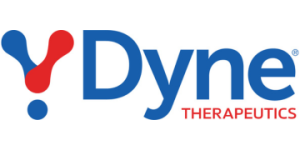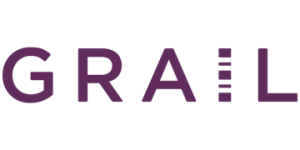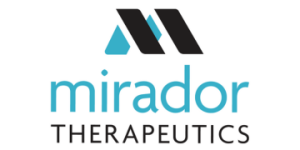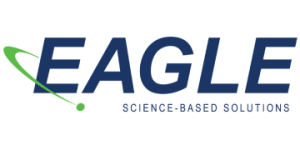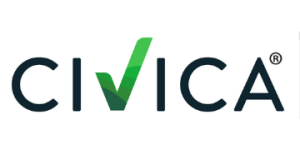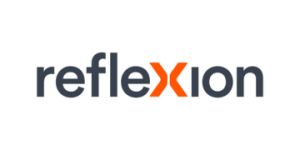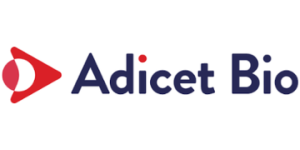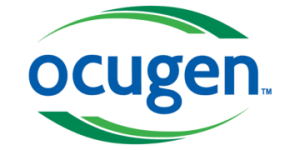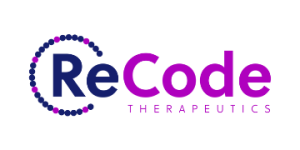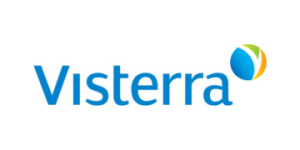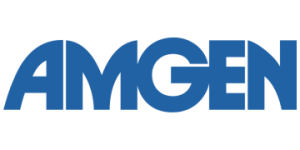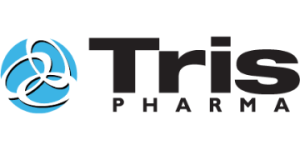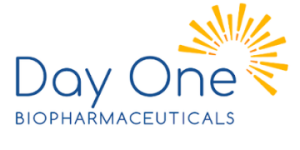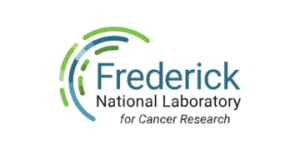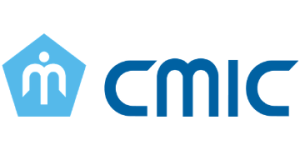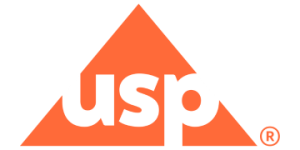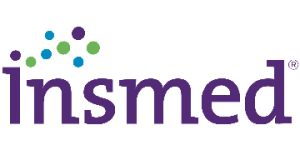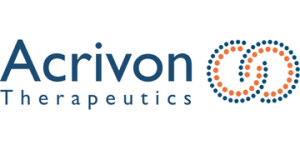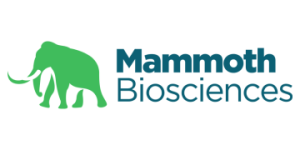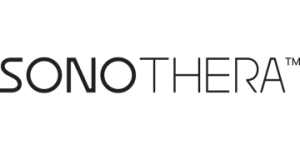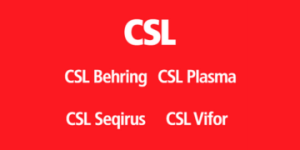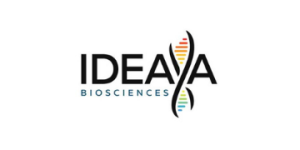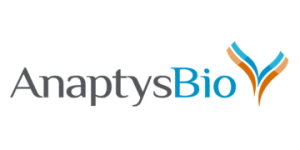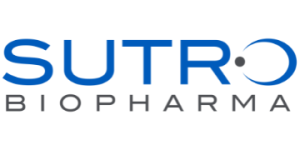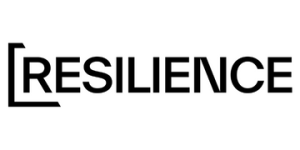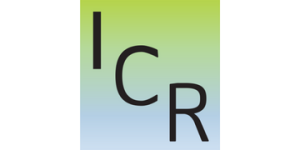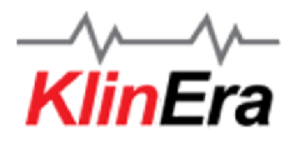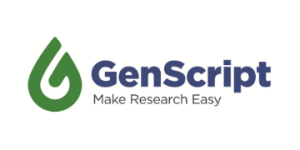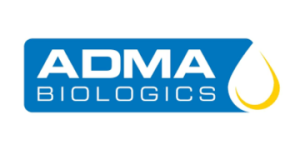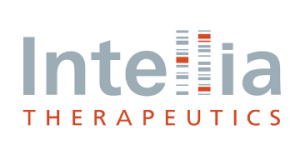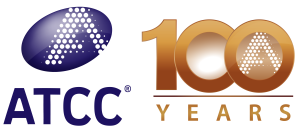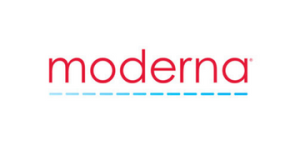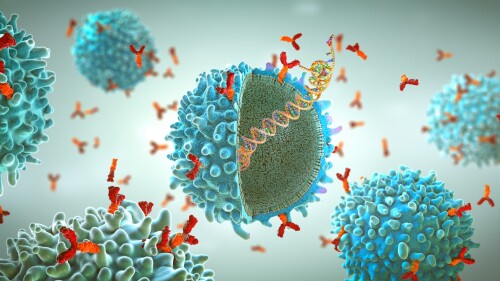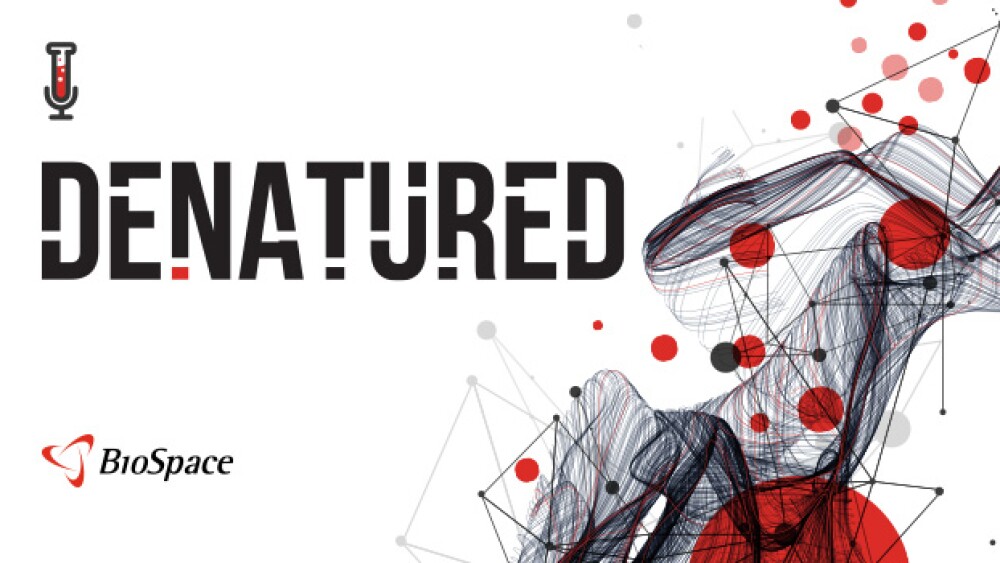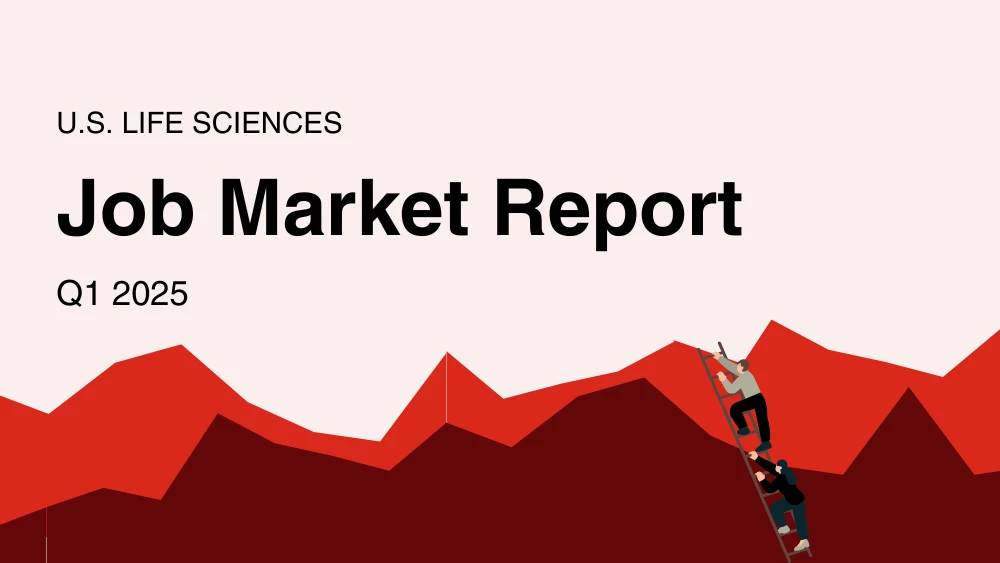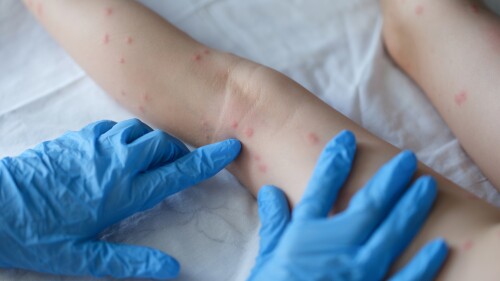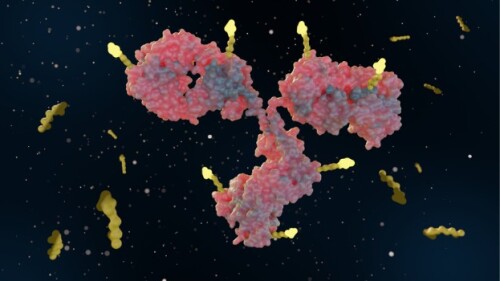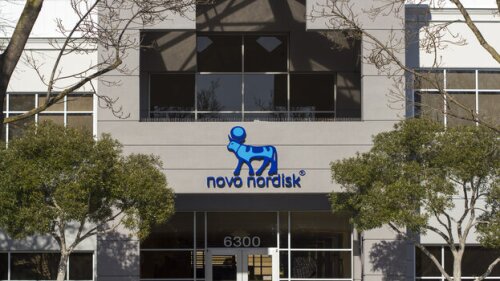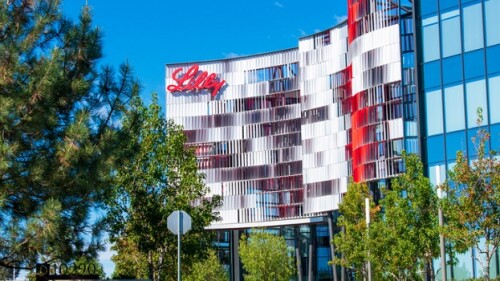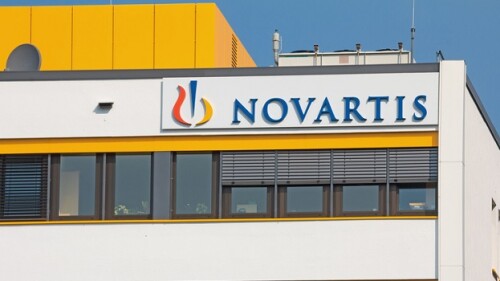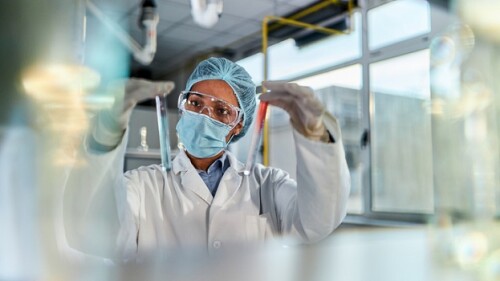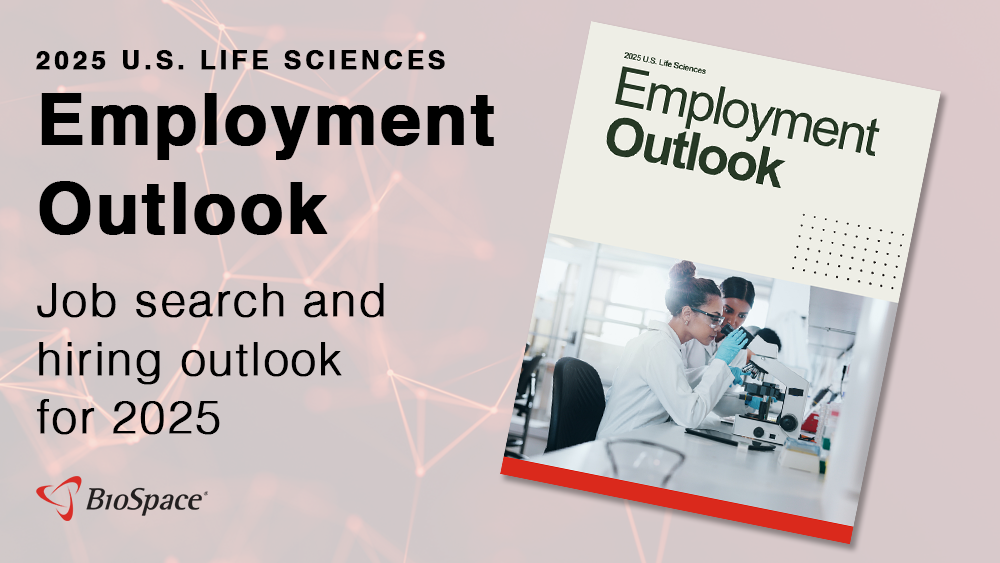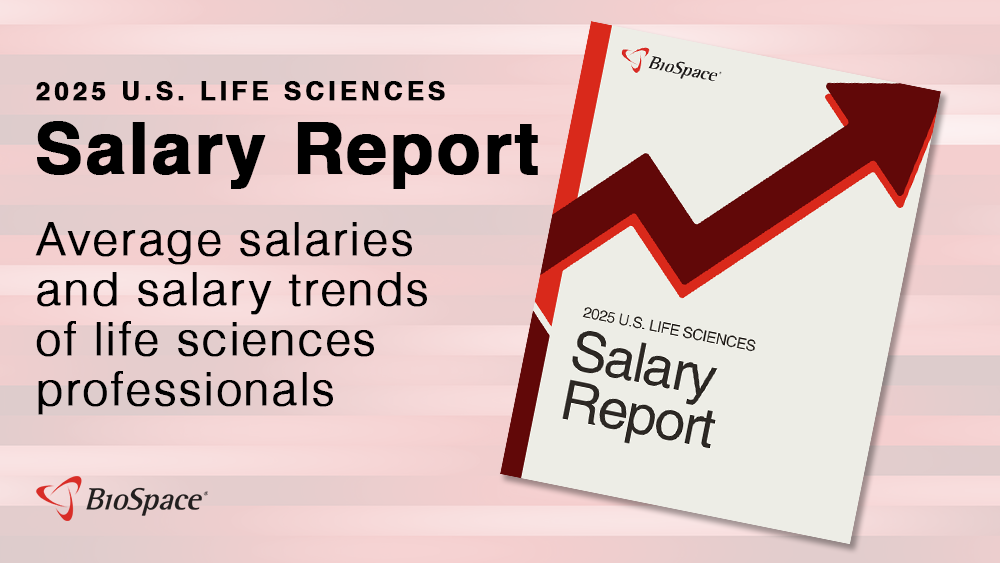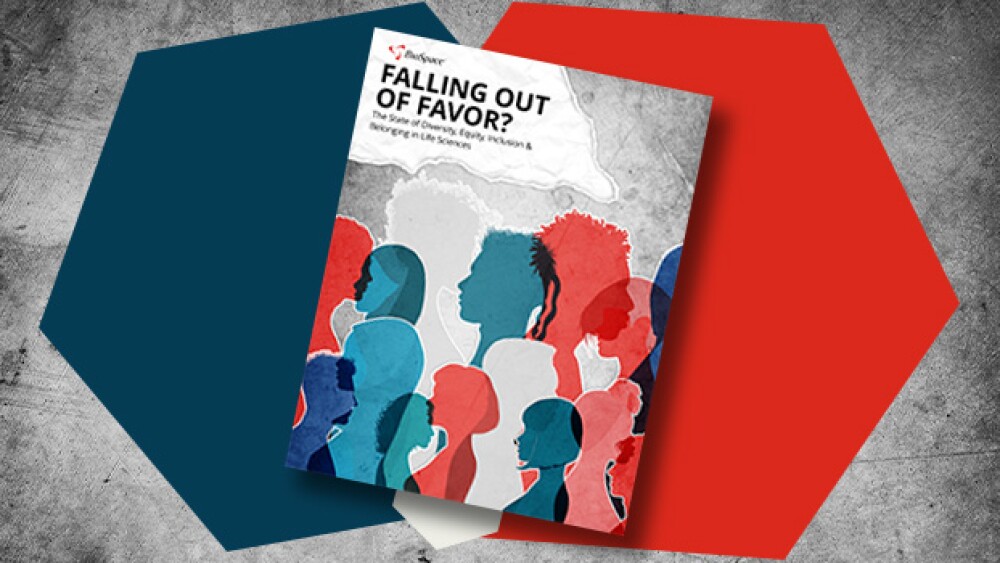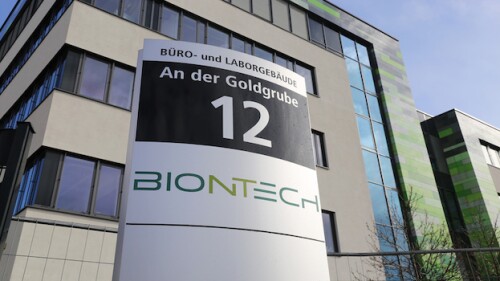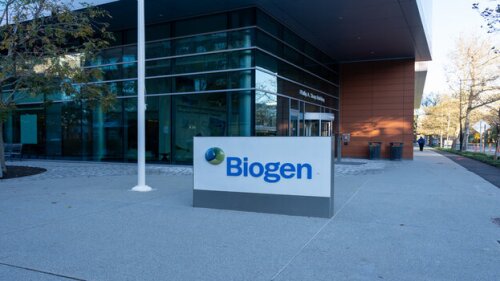Kennedy is planning modifications to the Vaccines Adverse Event Reporting System to identify whether vaccines contribute to an unstated problem. The reporting system is at the heart of the departure of CBER head Peter Marks.
During the first quarter, 22 rounds of biopharma layoffs in California affected about 995 employees total, while 17 rounds in Massachusetts impacted around 410 people, based on BioSpace estimates. Meanwhile, competition for jobs in those states increased year over year, according to BioSpace data.
Looking for a biopharma job in Massachusetts? Check out the BioSpace list of nine companies hiring life sciences professionals like you.
In the wake of unprecedented workforce cuts at the FDA, former Commissioner Scott Gottlieb and an unnamed former CBER director spoke to analysts about potential implications for drug review timelines and agency morale.
Despite making an unsolicited bid for gene therapy maker bluebird bio, Ayrmid failed to deliver a binding offer after weeks of due diligence. Bluebird’s board recommended that it go with Carlyle and SK Capital Partner’s original offer to take the company private for $30 million.
Analysts at Leerink agreed with Sanofi that, despite falling short of statistical significance in the Phase II TIDE-Asthma trial, amlitelimab warrants further development in this indication.
FEATURED STORIES
As communication gaps in the US healthcare market widen, the emphasis on the need for credible information and patient empowerment is paramount.
As high prices and supply issues drive consumers to alternative markets for GLP-1s, physicians aren’t too interested in using these therapies to treat conditions like heart disease risk that have existing cheap standards of care.
SpringWorks Therapeutics sprung out of Pfizer’s storeroom, when a rare disease advocacy group pushed to keep a program for neurofibromatosis alive. This method could work for “every rare disease under the sun,” advocates say.
FROM BIOSPACE INSIGHTS
While Quantum computing has been reported to be five years away for many years now, companies are preparing for it by setting foundations with AI in development.
LATEST PODCASTS
BioSpace’s Lori Ellis and Chantal Dresner bring live updates from day three of #DIA2024 in San Diego.
This week on Denatured, Head of Insights Lori Ellis and guests discuss the persisting challenges of diversity, equity and inclusion when designing clinical trials.
This week’s news ranged from BioSpace’s on-the-ground updates from DIA to safety concerns in clinical trials to BIOSECURE Act updates to new projections that the GLP-1 market could top $100 billion within 10 years.
Job Trends
Kite, a Gilead Company (Nasdaq: GILD), announced data from a pilot study in collaboration with Dana-Farber Cancer Institute that demonstrate Yescarta® (axicabtagene ciloleucel) is well-tolerated in patients living with relapsed or refractory (R/R) primary or secondary central nervous system lymphoma (PCNSL and SCNSL).
Subscribe to Genepool
Subscribe to BioSpace’s flagship publication including top headlines, special editions and life sciences’ most important breaking news
SPECIAL EDITIONS
Peter Marks, the venerable head of the FDA’s Center for Biologics Evaluation and Research, has been forced out. In this special edition of BioPharm Executive, BioSpace takes a deep dive into the instability of the HHS.
Year-over-year BioSpace data show biopharma professionals faced increased competition for fewer employment opportunities during the first quarter of 2025.
In this deep dive, BioSpace explores the diverse therapeutic modalities now in development, as well as the opportunities and battles for market dominance in this emerging space.
DEALS
-
Oral doses of SIGA Technologies’ antiviral drug Tpoxx will help the U.S. maintain its reserves of the vaccine in preparation for future potential outbreaks, according to the company.
-
After completing a buyout transaction with The Column Group to remove it from the stock exchange, NGM Bio has raised a $122M Series A to fund a registrational study for a rare liver disease drug and a Phase II trial in hyperemesis gravidarum.
-
Asceneuron, which develops small molecules targeting tau protein aggregation, plans to use the funds to advance its Alzheimer’s disease asset into Phase II.
-
Akebia Therapeutics on Thursday said it regained full U.S. rights to its chronic kidney disease anemia drug Vafseo, which the biotech has priced at around $15,500 per year.
-
In its second antibody-drug conjugate licensing agreement this year, Ipsen has secured exclusive rights to Foreseen Biotechnology’s FS001, which targets a novel antigen expressed across a range of solid tumors.
WEIGHT LOSS
-
Following an end-of-Phase II meeting with the FDA in the fourth quarter, Viking Therapeutics plans to push its subcutaneous obesity therapy VK2735 into late-stage development and to start a Phase II trial for an oral formulation.
-
Novo Nordisk has nominated semaglutide for inclusion in the FDA’s Demonstrable Difficulties for Compounding list, which includes drugs that are too complicated to produce and could pose substantial safety risks to patients if manufactured incorrectly.
-
Monday’s lawsuits from Eli Lilly are the first to be filed by the pharma since the regulator officially removed tirzepatide from its drug shortage database earlier this month.
-
This week marked the start of the third-quarter earnings season, with Johnson & Johnson exceeding Wall Street’s expectations. Pfizer is projected to have a strong quarter, while Eli Lilly could pull ahead of Novo Nordisk in the obesity space. Moderna, by contrast, has a decidedly negative outlook.
-
Pressure has been mounting for the Federal Trade Commission to take action, with Senator Elizabeth Warren last week urging FTC Chair Lina Khan to block the merger if it violates antitrust laws.
POLICY
-
In the U.S., the chorus of opposition against the proposed buyout continues to grow and now includes the CEOs of Roche and Lilly, a broad coalition of unions and consumer groups and at least one senator.
-
Iskra Reic will continue to serve as the pharma’s senior vice president for Vaccines and Immune Therapies as she steps in for Leon Wang, who was detained by Chinese authorities in November.
-
Novartis is seeking to prevent the entry of generics for its blockbuster heart failure drug Entresto, its top-selling asset that brought in more than $6 billion in net global sales last year.
-
The payment scheme will tie gene therapy payments to improvements in health outcomes—and could potentially boost the uptake of these sickle cell disease treatments.
-
Based on how President-elect Donald Trump’s first administration handled immigration, experts are concerned about how his second term will impact foreign-born biopharma professionals. Two immigration attorneys discuss what may be ahead, including increased difficulty getting work visas.
Being laid off from your job can be difficult and confusing. To help you in your job search, we’ve explained how to address a layoff in your cover letter to help you land your dream job.
If you want to maximize your career earnings, it pays to consider which cities are the most affordable. Here are the top five most affordable cities for biopharma in the U.S.
A cover letter is an important part of any job application, but for those in the life sciences it is especially important. Find tips for writing a scientist cover letter as well as an outline and examples in our guide.
Finding chemistry jobs in the life sciences industry doesn’t have to be difficult. Discover the top chemistry job options in the life sciences in our comprehensive guide.
In the wake of a global pandemic and economic downturn, the hiring market has turned on its head. BioSpace spoke with PharmaLogics Recruiting to learn how employers can stay competitive.
Beginning the job search is the first step toward starting your career after graduating with a Bachelor’s Degree in Chemistry. To help, we’ve compiled seven of the most common chemistry jobs for new grads.
HOTBEDS
REPORTS
In this Employment Outlook report, BioSpace explores current workforce sentiment, job activity trends and the prospective job and hiring outlook for 2025, particularly as it compares to the previous year.
BioSpace’s third report on diversity, equity, inclusion and belonging in life sciences examines dramatic shifts in attitude around diversity initiatives.
CANCER
-
Incyte is abandoning its ALK2 blocker zilurgisertib, which it was trialing for myelofibrosis-associated anemia, while iTeos will deprioritize the development of inupadenant after it failed to meet the biotech’s clinical bar in a Phase II study of metastatic non-small cell lung cancer.
-
Pfizer, facing increasing pressure from Novartis, is touting a Phase III win for Ibrance as the first clinical evidence supporting the CDK4/6 inhibitor class’ use in patients with a specific type of breast cancer.
-
Candel’s trial was conducted under the FDA’s Special Protocol Assessment program, meaning that its data could be used as a basis for a regulatory application.
-
With nearly 90% of patients showing no detectable cancer cells after treatment, J&J and Legend’s Carvykti could stave off competition from emerging CAR T therapies such as Gilead and Arcellx’s anito-cel.
-
BNT327, now in early-phase trials, is part of a class of drugs that could one day challenge Keytruda’s dominance. BioNTech obtained the candidate when it bought Biotheus last month in an acquisition deal that could reach up to $950 million.
NEUROSCIENCE
-
This year has seen several biopharma companies drop Alzheimer’s and Parkinson’s disease programs, but experts say plenty are still chasing these multi-billion-dollar markets.
-
Bristol Myers Squibb’s third-quarter results benefited from sales of its legacy brands Eliquis and Revlimid, as well as growth portfolio products such as Abecma, Breyanzi and Reblozyl.
-
In another delay for the psychedelic treatment space, Compass Pathways announced adjusted timelines for two Phase III trials of its psilocybin to address treatment-resistant depression.
-
Biogen touted strong Q3 sales of its Alzheimer’s drug Leqembi a day after announcing a deal worth up to $1.45 billion with Neomorph to discover and develop molecular glue degraders.
-
On its third-quarter earnings call Tuesday, Sage highlighted the launch of its Biogen-partnered postpartum depression drug Zurzuvae but said it will stop pursuing approval for major depressive disorder, which the FDA previously denied.
CELL AND GENE THERAPY
-
Proceeds from the oversubscribed financing will be used to advance ArsenalBio’s lead programs, which include a handful of solid tumor cell therapy candidates.
-
Eli Lilly offers weight loss drug Zepbound directly to consumers while Novo Nordisk continues to struggle with supply challenges for its own GLP-1s. Meanwhile, gene therapies for retinal diseases target competitive market, and layoffs persist.
-
The intellectual property landscape for newer gene-editing technologies, like that for CRISPR-Cas9, remains unclear and hard to navigate.
-
With promising early results, cell and gene therapies are making headway against both rare and common ocular and auditory diseases.
-
With gene therapies by REGENXBIO and AbbVie, Adverum and others in mid- or late-stage trials, this therapeutic class could soon be an option for this common cause of blindness in the elderly.

